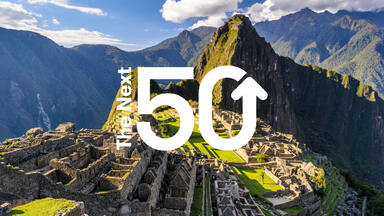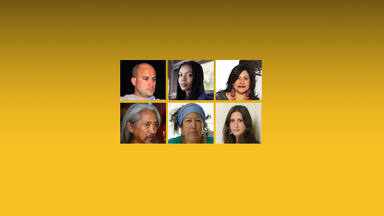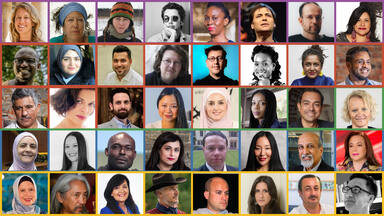Kidlat Tahimik
Filmmaker, writer, visual artist and actor
Bahia Shehab
Multidisciplinary artist, designer, political activist, historian and professor at the American University in Cairo
Vision for the Next 50
In the Next 50… Films and images convey and celebrate local histories and heritage, using metaphors that correspond to their own context and narratives.
In the Next 50… Education in schools raises awareness of the value of heritage and its protection. Civil society, private actors, international communities and government work together to create this awareness and support preservation work.
Summary
The dialogue between Kidlat Tahimik and Bahia Shehab was mainly about celebrating local narratives to move towards a balanced representation of heritage. The two artists noted that popular culture today is greatly influenced by the West and overlooks the narratives of decolonized countries. It is time to look at their own histories and cultures to tell stories that reflect the true experiences of the global south, free from stereotypes, distortion and under-representation.
As an independent filmmaker from the Philippines, Kidlat described how his work is inspired by metaphors and stories of his own region, distinctively different from the West’s. Bahia emphasized the pivotal role education can play in raising awareness of heritage preservation. She also called for a global alliance to enable civil society, private communities, international organizations and government to exchange knowledge and to cooperate for heritage preservation.
Dialogue
Watch the dialogue
Explore other sessions
Five dialogue sessions covering five themes take place in 2022, each joined by thinkers in paired dialogue from diverse regions. The interdisciplinary dialogues inspire new visions for the next 50 years of World Heritage.



